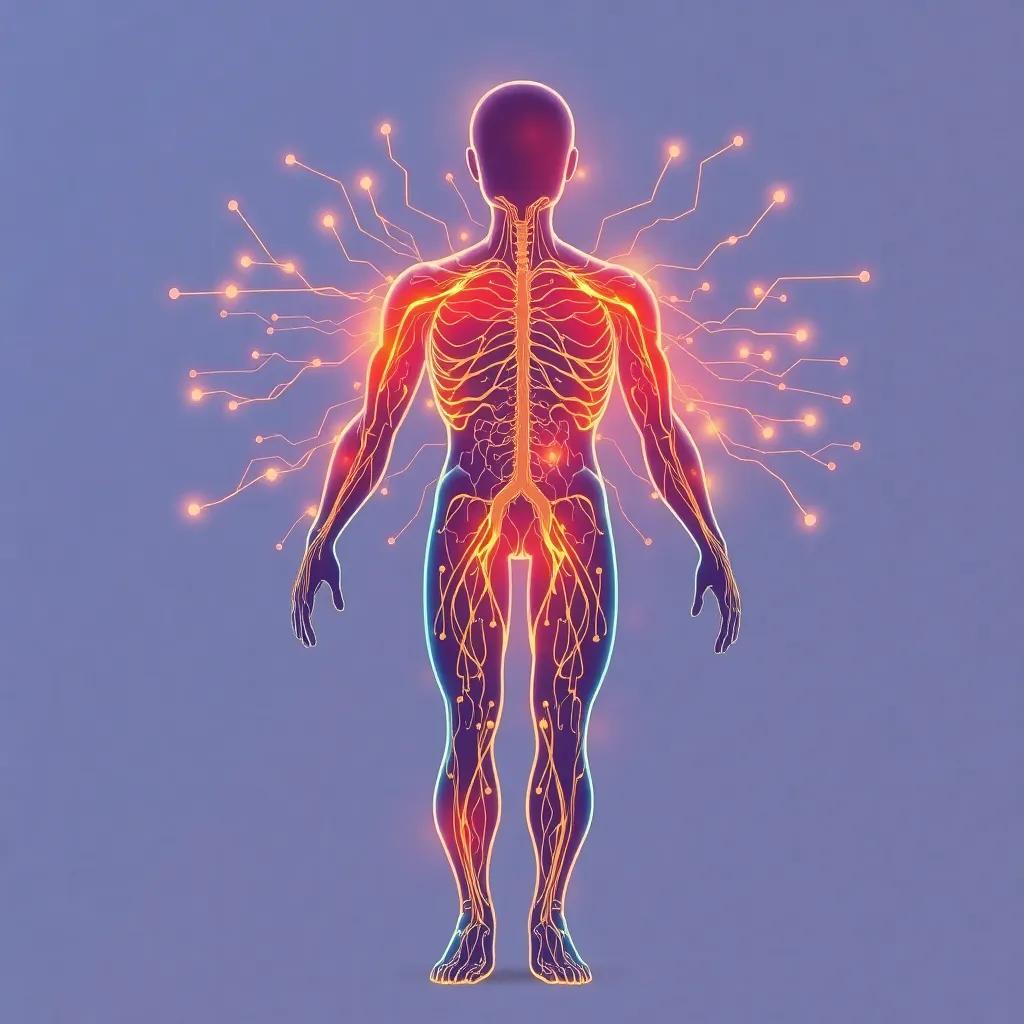Explore the science and applications of bioelectric medicine, from chronic pain relief to regenerative therapies, and its future potential in healthcare.
Bioelectric medicine harnesses the body’s electrical signals to treat conditions like chronic pain and neurological disorders, offering a new frontier in healthcare.
Introduction to Bioelectric Medicine
Bioelectric medicine is an emerging field that leverages the body’s natural electrical signals to treat a variety of conditions. From chronic pain to neurological disorders, this innovative approach offers new hope for patients and healthcare providers alike.
The Science of Bioelectricity
At the core of bioelectric medicine is the understanding that cells communicate through electrical impulses. These impulses are crucial for maintaining homeostasis and facilitating various bodily functions. By harnessing these signals, researchers and clinicians can develop targeted therapies that address the root causes of many conditions.
Applications in Chronic Pain Management
One of the most well-known applications of bioelectric medicine is in the management of chronic pain. Devices like TENS (Transcutaneous Electrical Nerve Stimulation) units deliver low-voltage electrical currents to the skin, which can help block pain signals from reaching the brain. According to a study published in the Journal of Pain Research
, TENS therapy has shown significant efficacy in reducing pain levels in patients with chronic conditions.
Vagus Nerve Stimulation and Neurological Disorders
Vagus nerve stimulation (VNS) is another promising area of bioelectric medicine. The vagus nerve plays a key role in regulating various bodily functions, including heart rate and digestion. By stimulating this nerve, clinicians can potentially treat conditions like epilepsy and depression. A recent clinical trial reported in Neurology Today
highlighted the success of VNS in reducing seizure frequency in epilepsy patients by up to 50%.
Electroacupuncture: Bridging Traditional and Modern Medicine
Electroacupuncture combines traditional acupuncture techniques with modern electrical stimulation. This method has been shown to enhance the therapeutic effects of acupuncture, particularly in pain management and inflammation reduction. A study in the Journal of Alternative and Complementary Medicine
found that electroacupuncture significantly reduced inflammation markers in patients with rheumatoid arthritis.
Regenerative Therapies and Tissue Repair
Bioelectric medicine also holds promise in the field of regenerative therapies. Electrical signals can stimulate tissue repair and reduce inflammation, offering potential treatments for conditions like wound healing and osteoarthritis. Research published in Science Translational Medicine
demonstrated that electrical stimulation could accelerate wound healing by promoting cell migration and proliferation.
Practical Tips for Incorporating Bioelectric Therapies
For those interested in exploring bioelectric therapies, it’s important to consult with a healthcare provider to determine the most appropriate treatment. Devices like TENS units are widely available and can be used at home, but professional guidance is crucial to ensure safety and efficacy.
Potential Risks and Limitations
While bioelectric medicine offers numerous benefits, it’s not without risks. Potential side effects include skin irritation from electrode use and discomfort during stimulation. Additionally, not all conditions may respond to bioelectric therapies, and more research is needed to fully understand their long-term effects.
The Future of Bioelectric Medicine
The future of bioelectric medicine is bright, with ongoing research and clinical trials exploring new applications and refining existing therapies. Experts like Dr. Michael Levin, a pioneer in the field, believe that bioelectric medicine could revolutionize healthcare by offering non-invasive, targeted treatments for a wide range of conditions.
Conclusion
Bioelectric medicine represents a groundbreaking approach to healthcare, harnessing the body’s natural electrical signals to treat and potentially cure a variety of conditions. As research continues to advance, the potential applications of this field are vast, offering new hope for patients and transforming the landscape of modern medicine.




